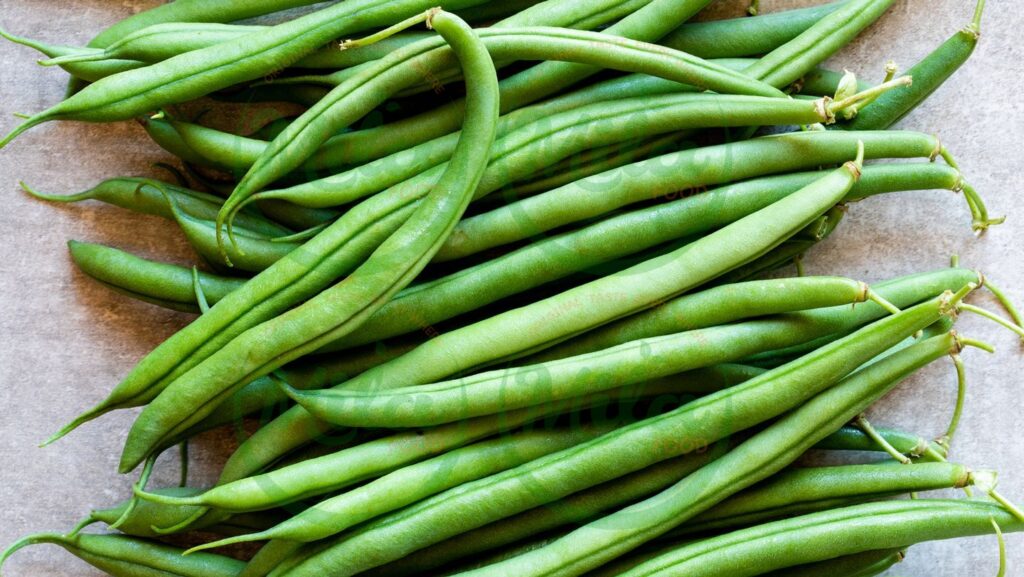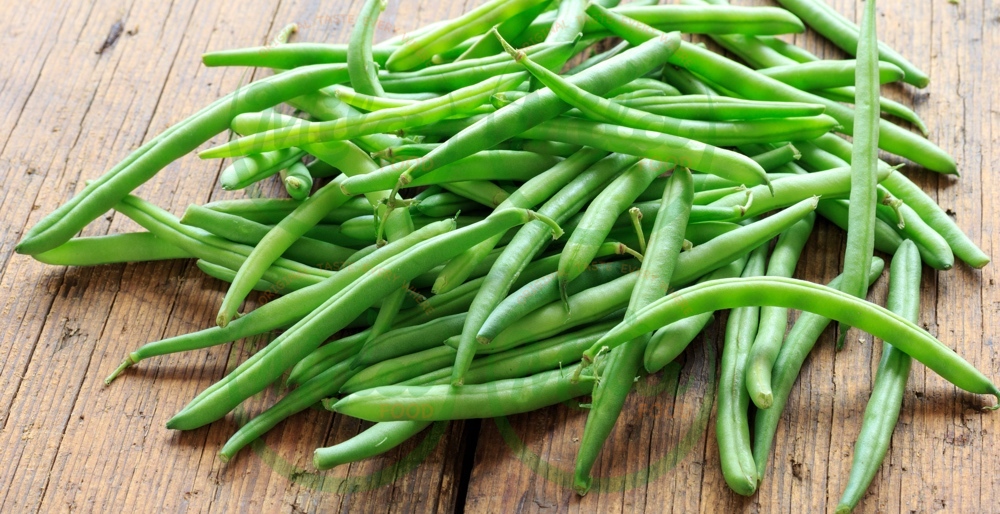


Egyptian green beans, where vibrant color and refreshing crunch await. With their rich history and versatile nature, green beans have been a beloved staple in Egyptian cuisine for centuries, offering a delightful addition to a variety of dishes. Join us as we explore the captivating story, culinary uses, and nutritional benefits of these vibrant and nutritious legumes.
History and Origins: Egyptian green beans, scientifically known as Phaseolus vulgaris, have a heritage that spans continents and cultures. Believed to have originated in Central and South America, green beans have been cultivated and enjoyed in Egypt since ancient times, prized for their culinary versatility and vibrant color. References to green bean cultivation and consumption can be found in ancient Egyptian texts and culinary traditions, showcasing their enduring popularity in Egyptian cuisine. Today, Egyptian green beans continue to be cultivated in the fertile soils of the Nile Delta, embodying a legacy of culinary excellence and cultural heritage.
Appearance and Flavor Profile: Characterized by their long, slender pods and vibrant green color, Egyptian green beans exude freshness and vitality. Their flavor is mild and slightly sweet, with a satisfying crunch that adds texture to dishes. Whether steamed, sautéed, stir-fried, or enjoyed raw, green beans offer a versatile canvas for culinary creativity.
Culinary Uses and Applications: Egyptian green beans are prized for their culinary versatility, lending themselves to a multitude of dishes and cooking techniques. They can be steamed to tender perfection and served as a nutritious side dish, or sautéed with garlic and herbs for added flavor. Green beans can also be incorporated into salads, stir-fries, and casseroles, adding both color and nutrition to the dish. Additionally, green beans are a popular ingredient in soups, stews, and curries, providing a hearty and satisfying element to the recipe. With their vibrant color and refreshing crunch, Egyptian green beans are a welcome addition to any meal, offering a burst of freshness and flavor.
Nutritional Benefits: Beyond their culinary appeal, Egyptian green beans offer a wealth of nutritional benefits. They are low in calories and fat, yet rich in essential vitamins, minerals, and antioxidants. Green beans are an excellent source of vitamin K, vitamin C, folate, and fiber, which support bone health, immune function, and digestive health. Additionally, green beans contain phytonutrients such as flavonoids and carotenoids, which have been associated with numerous health benefits, including reduced risk of chronic diseases and improved heart health. Incorporating Egyptian green beans into your diet can help promote overall health and well-being, while adding a vibrant and nutritious element to your meals.
Cultivation and Sustainability: Egyptian green beans are cultivated in the fertile soils of the Nile Delta using sustainable agricultural practices. Traditional farming methods, including crop rotation and natural pest control, help maintain soil health and biodiversity while minimizing environmental impact. Whether grown on small family farms or larger agricultural estates, Egyptian green beans reflect a commitment to sustainability and responsible stewardship of the land.

